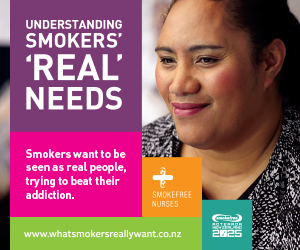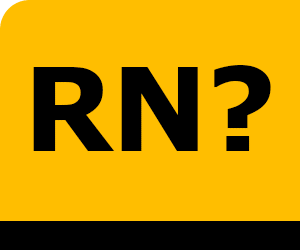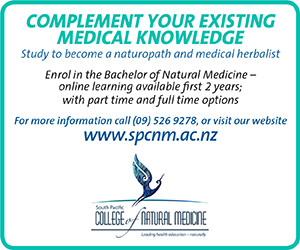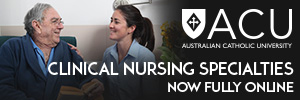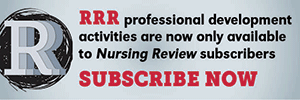SOME USEFUL WEBSITES TO CHECK OUT:
FAB approach to weight management New Zealand resources, tools and services available for health professionals on the FAB (Food, Activity and Behaviour Support) approach to weight management are shared on this HIIRC (Health Improvement and Innovation Resource Centre) website. http://weightmanagement.hiirc.org.nz/
Heart Foundation’s Healthy Living site with tips on exercise, healthy eating (including new Healthy Heart visual food guide) and managing stress etc www.heartfoundation.org.nz/healthy-living
Appetite for Life is a Canterbury DHB nutritionist’s initiative. A six-week healthy lifestyle programme with emphasis on health gain not weight loss delivered by nurses and GPs. Site includes range of recipes from breakfast to dessert and ‘10 Steps to a Healthy Weight’:www.appetiteforlife.org.nz
Ministry of Health: Food and physical activity Links to information on Green Prescriptions, good nutrition, obesity (definition and statistics), physical activity and guidance for workplaces: www.health.govt.nz/your-health/healthy-living/food-and-physical-activity
USEFUL FREE APPS
Healthy Heart app Heart Foundation as an online ‘app’ which guides you through a weekly menu planner – complete with recipes – that meets its new Healthy Heart guidelines and even creates you a shopping list. See link below: www.heartfoundation.org.nz/healthy-living/healthy-eating/healthy-heart-visual-food-guide
FoodSwitch app This smartphone or tablet app allows you to scan barcodes in the supermarket aisle to get traffic light-style colour coded ratings for total fat, saturated fat, sugar and salt for more than 8000 food products. It also suggests similar foods that are healthier choices. Developed by University of Auckland’s National Institute for Health Innovation (NIHI), Australia’s George Institute for Global Health and Bupa NZ. Available to download for free from iTunes or Google Play. http://www.foodswitch.co.nz
SUGGESTED FURTHER READING
Eating: Getting it right … most of the time
Eating healthily ain’t rocket science. And it isn’t about fad diets either. But it does take organisation. Nurse-turned-life coach Jan Aitken shares tips for becoming a healthier eater.
www.nursingreview.co.nz/issue/february-2013/eating-getting-it-right-most-of-the-time
Sugar, snacking and shiftwork
A pilot study into erratic eating in shiftworking nurses and doctors raises questions about the health risks of shiftwork.
www.nursingreview.co.nz/issue/march-2012/sugar-snacking-and-shiftwork
Stress-proofing yourself
Annette Milligan, a nurse entrepreneur who has run stress management courses and seminars for 24 years, shares some of her top stress-proofing tips.
www.nursingreview.co.nz/issue/march-2012/stress-proofing-yourself
Healthy Heart beats out old food pyramid
Late last year the Heart Foundation introduced its new Healthy Heart visual food as a fresh take on the old food pyramid to guide healthy eating for your heart. It shows the proportional volume of food groups you should eat with at the top coming vegetables and fruit and it puts starchy veggies like potatoes and kumara down next with breads, cereals and grains. And it adds in the bottom a new food group for healthy oils and nuts because it says eating healthy types of fat is important for heart health.
www.heartfoundation.org.nz/healthy-living/healthy-eating/healthy-heart-visual-food-guide/
NB see also:
Nurses and obesity: Helen's story
Watching and weighing
Apples, pears, and BMI: what is a healthy weight?
So you know you aren’t a fashionable weight – very few are – but when does your weight tip over to being unhealthy?
The most common measure is BMI, which as the Ministry of Health website acknowledges, only provides a crude measure of body fatness in individuals and doesn’t distinguish between muscle and fat or where the fat is located.
But it is still the simplest indicator that your weight may be putting your future health at risk – particularly if you have other risk factors like your family history, high blood pressure, high blood glucose, poor nutrition, and/or an inactive lifestyle. The Ministry of Health’s 2011 weight management guidelines recommend health professionals engage further with adults if they either have a BMI of 30 plus or a BMI over 25 if they have known risk factors or ‘central fatness’.
Research indicates that fat around the tummy (apples) is more predictive of potential health risks than fat on the hips and thighs (pears).
Diabetes New Zealand says women should aim to have a waist circumference of less than 90cm and men less than 100cm. The World Health Organisation says there is a “substantially increased risk” of metabolic complications if your waist is over 88 cm for a woman or 102 cm for a man.
Heart Foundation Body Mass Index calculator: www.heartfoundation.org.nz/healthy-living/losing-weight/bmi-calculator
Appetite for Life: 10 steps to a healthy weight
- Fill up on breakfast
- Follow a regular meal pattern and prepare healthy meals
- Make healthier food swaps
- Caution with your portions
- Be mindful when you eat, and plan ahead
- Include plenty of vegetables in your meals and snacks
- Get into the fruit habit
- Be smart with snacks
- Choose drinks wisely
- Ditch the takeaways. Be healthy in a hurry
Go to the Appetite for Life website for more information: (http://www.appetiteforlife.org.nz/10-steps-to-a-healthier-weight)













